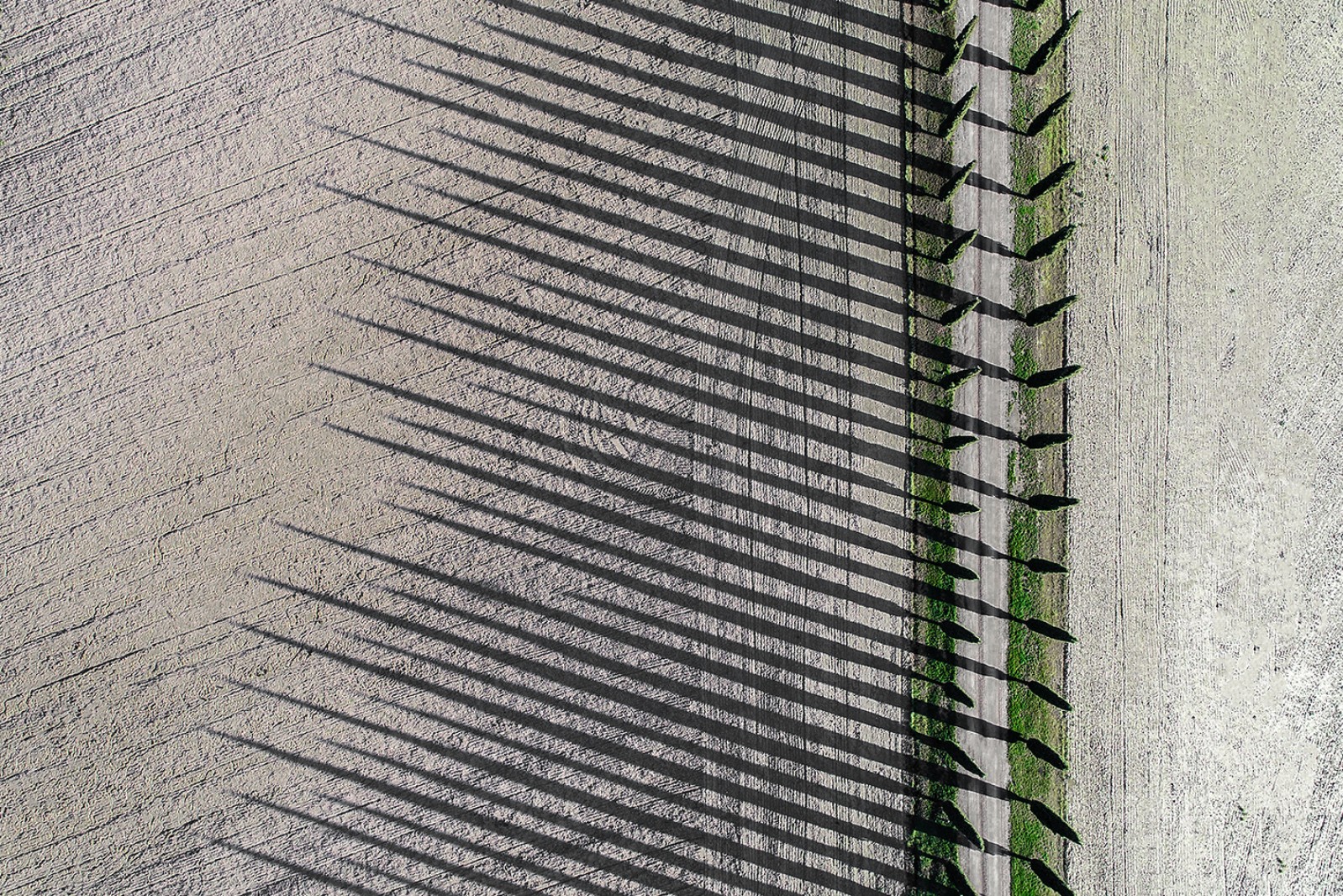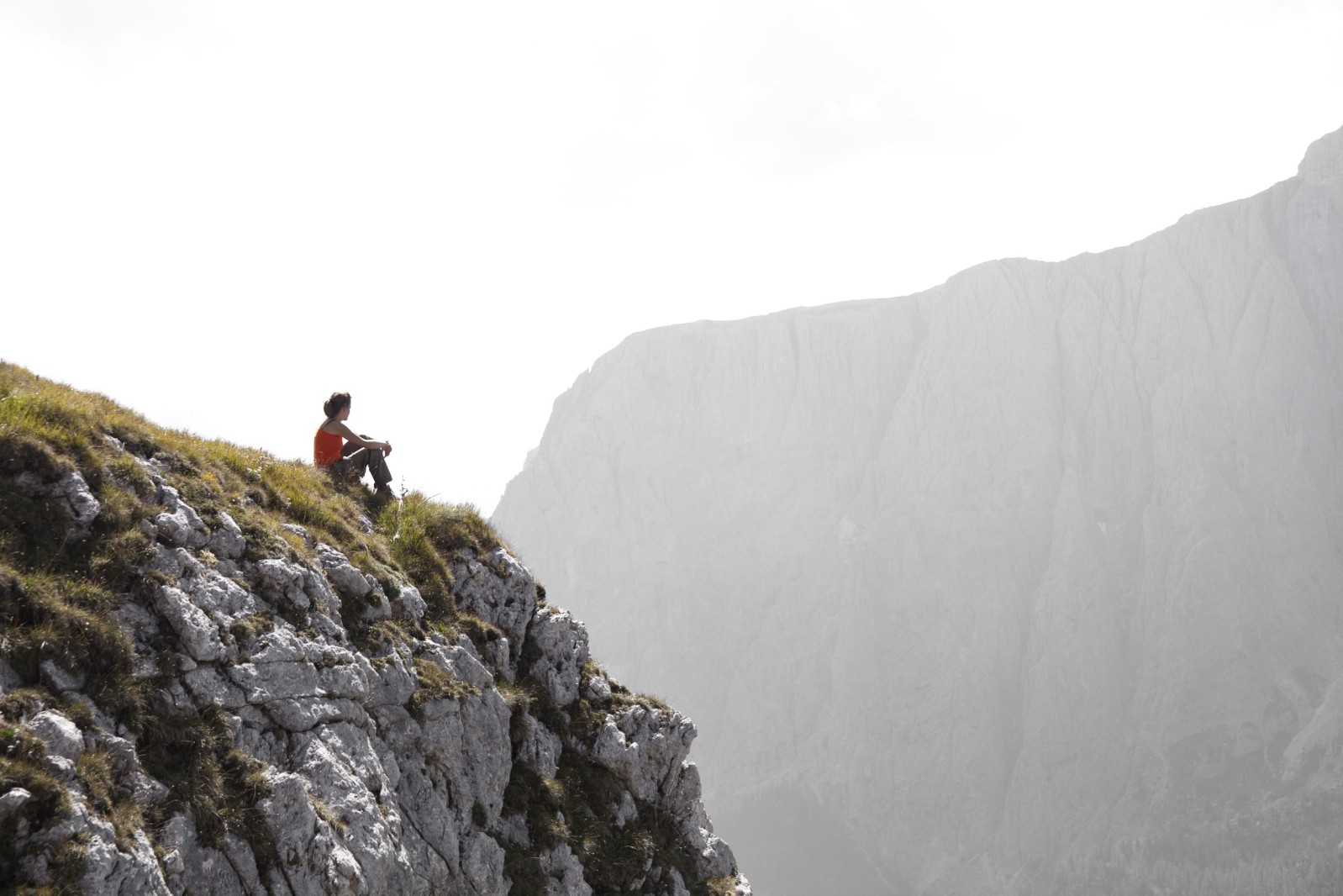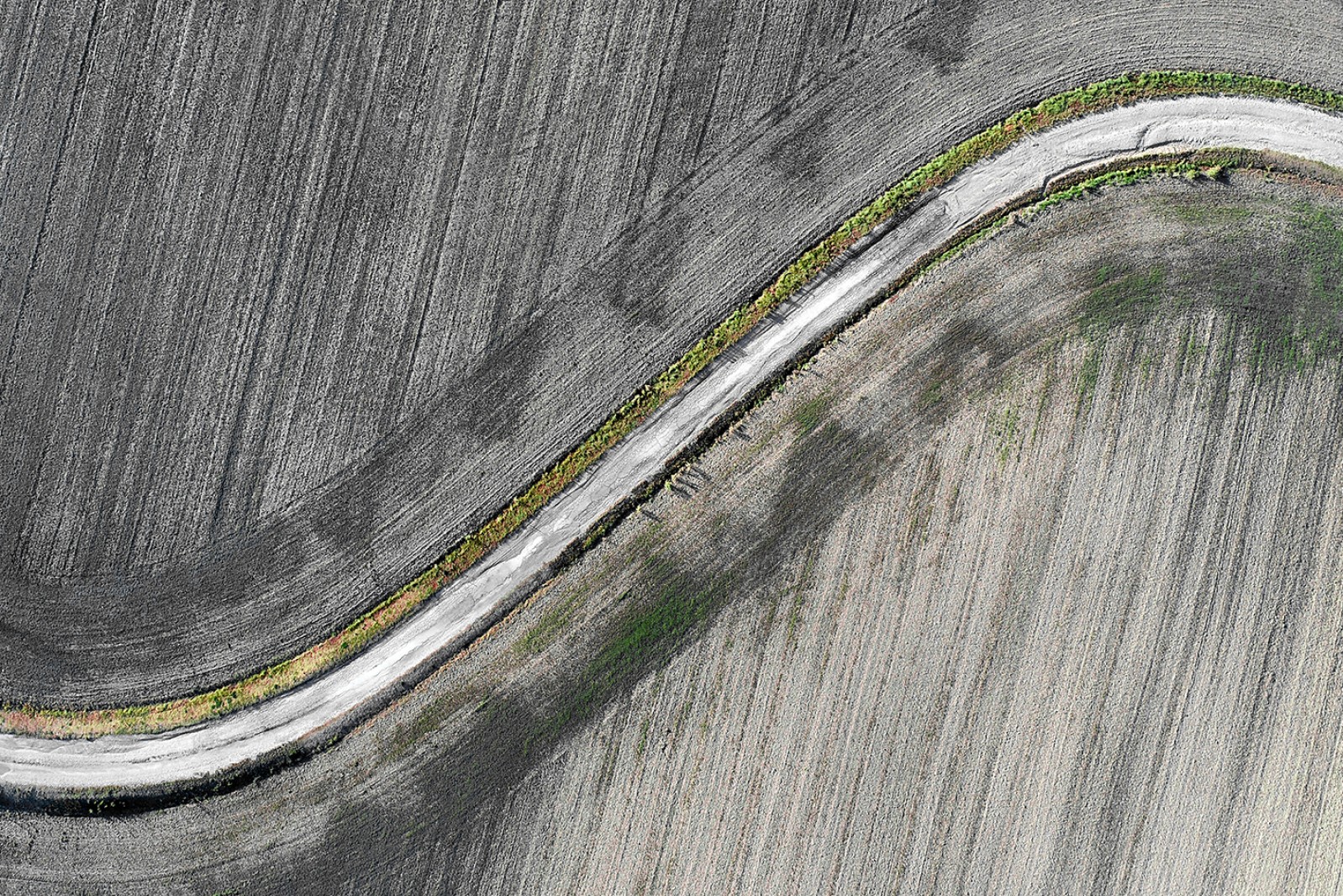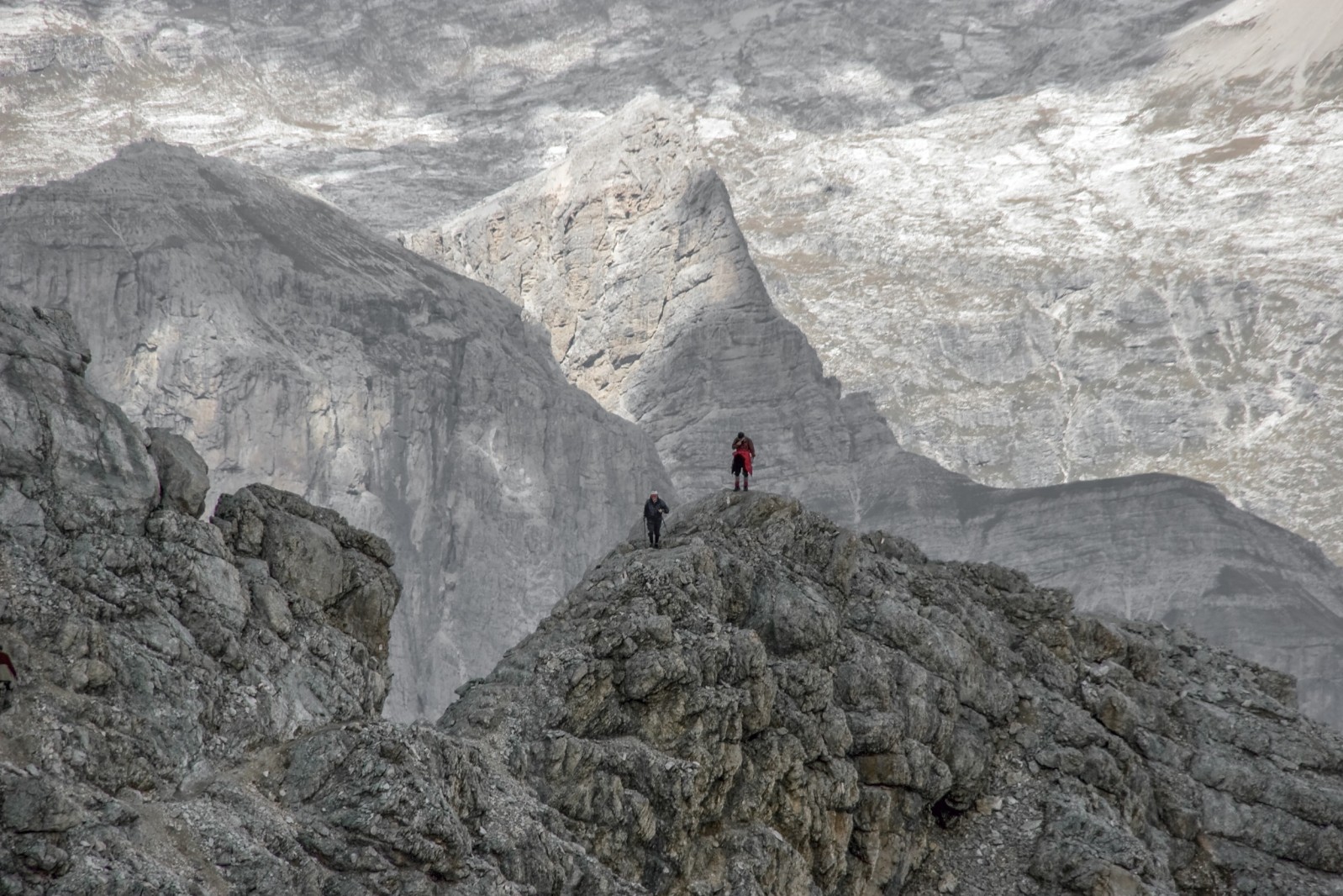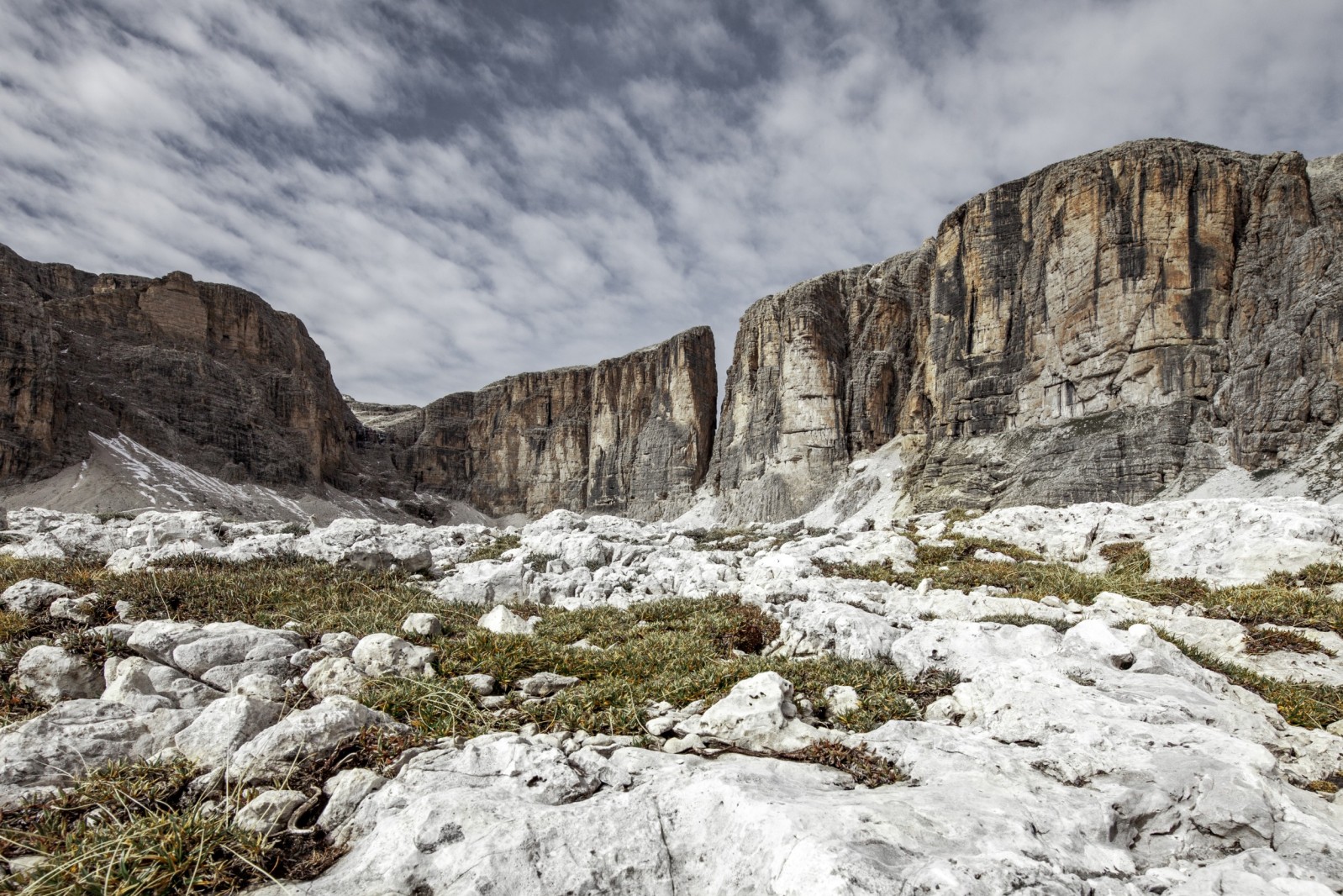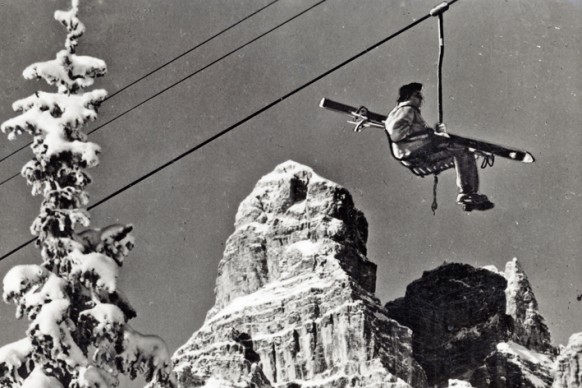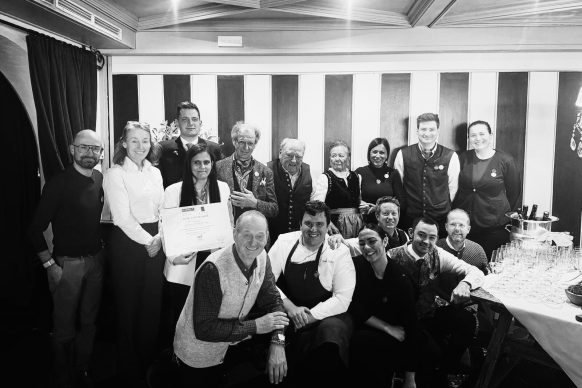MICHIL'S NEWSLETTER
Landscapes change through our eyes, interpreting it in ways it isn’t. We define them as wild, desolate, melancholic depending on our experiences and memories. Take mountains – they’re the result of geological formations and our flights of fancy. Mountains don’t kill, don’t spark joy – they sit there and transform over millennia.
The concept of a landscape, therefore, is a snapshot resulting from our emotions and imagination when faced with a millions-year-old nature. Incidentally, the Alps are actually fairly young as they only formed 65 million of years ago. A landscape is a creative act orchestrated by our brain employing cultural filters, excluding certain elements but adopting steps leading to the bigger picture. We shape landscapes based on our upbringing. When we observe a landscape, what we’re doing is taking a walk in our mindscape.
Imagine an old castle. A ruin, maybe. “What a stunning building!” Where does that reaction come from? Because the idea a castle is beautiful is deeply ingrained in our brains. Yet we forget its main purpose was to be a defensive bastion and to inspire fear. Aesthetics can standardise our views and, thus, we too can be standardised by the aesthetics imposed by the tourism industry.
